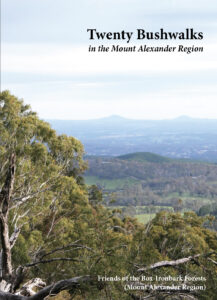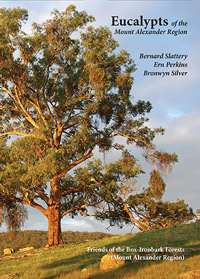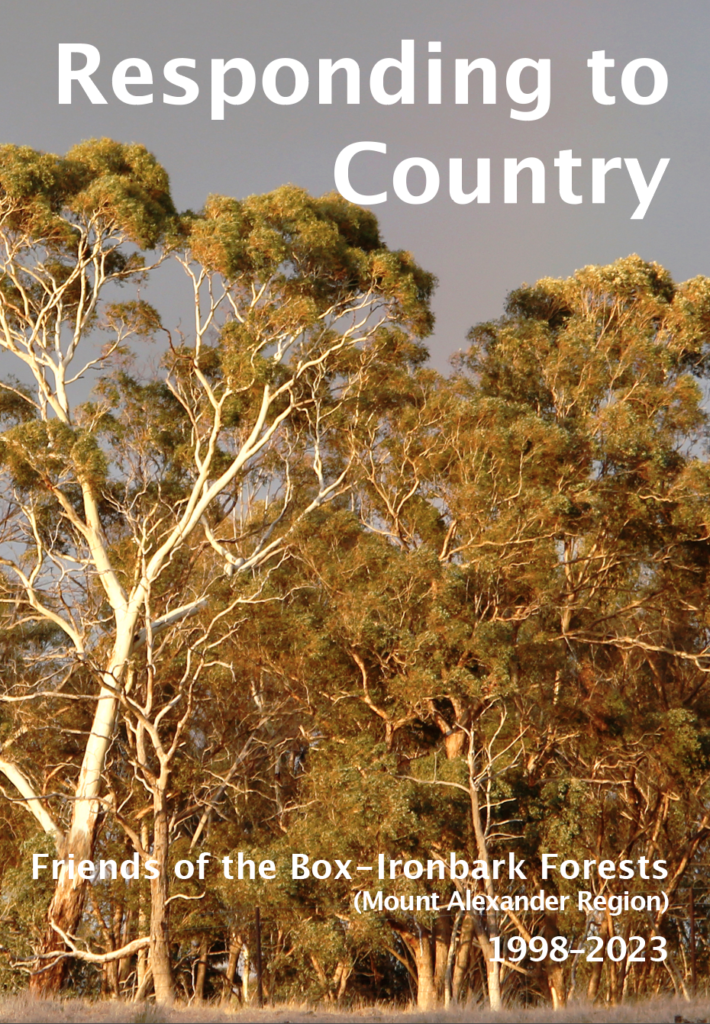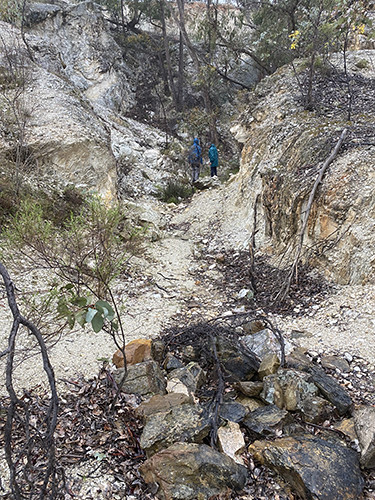The Victorian Commissioner for the environment, Kate Auty, has released her State of the Environment Report for 2013. It can be found online here.
A brief summary of the Report’s findings can be found in the Age of November 29.
On fire protection Professor Auty calls for the abandonment of the five per cent target. In doing so she echoes the view of the Royal Commission Implementation Monitor and just about everyone else who has looked closely at this program. She also fires a shot at the updated Code of Practice:
‘A 5% target is an unfortunate compromise that may not provide a significant increase in asset protection. At the same time it will result in a high rate of burning that will be detrimental to many Victorian ecosystems.
‘This problem is compounded by the revised management zones in the Code of Practice. Previously, the Code of Practice differentiated between zones where burning was carried out for asset protection and where it was justified primarily on ecological grounds, The management outcomes for these zones have now been reclassified to effectively give primacy to asset protection in order to meet the 5% target.
‘The target of yearly burning on 5% of all public land statewide is too blunt an instrument. A preferable option, echoed by the VBRC implementation monitor, is that government develops clearly articulated planned burning objectives for asset protection and ecological management. Furthermore, annual targets for these need to be based on sound evidence and clearly separated at the local scale. Any statewide target would be the sum of these regional targets and not vice versa.’ [Our emphasis].
To your average reader all this sounds like common sense. Further, Professor Auty hits the nail on the head on the question of safety: if the aim of fuel reduction is public safety, it’s logical to assume that it would mostly take place around settlements, not in the middle of nowhere. Such exercises are expensive and difficult, however, and there’s the rub: the thing about the five per cent program is that it looks as if you’re achieving a huge amount, with relatively little outlay. The Commissioner instead points out that
‘A fully realised risk-based fire management strategy may require planned burning for fuel reduction near settlements, including risk reduction on farmland. This is often unpopular and expensive. Fire suppression strategies, including burning, are considerably more expensive when carried out in populated areas and it is important that appropriate resourcing is addressed.
‘Overcoming resistance to this will require a substantial public information campaign illustrating the damaging effects of some burning programs and realistic assessments of risk reduction under the current system.’
Parliament must respond to the Report within twelve months.




 Click on image for info/order page
Click on image for info/order page Click on image for info/order page
Click on image for info/order page Click on image for info/order page
Click on image for info/order page




















